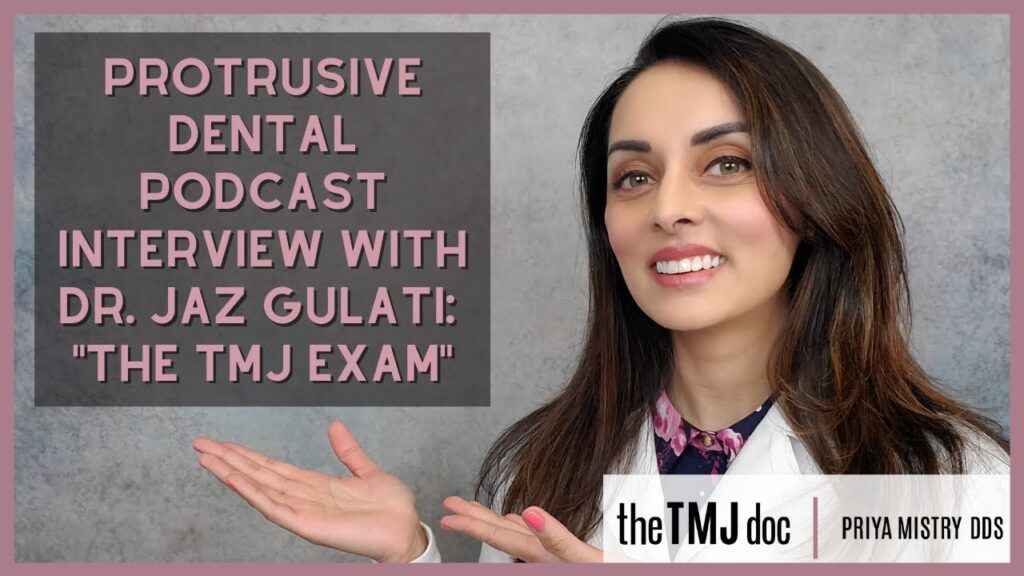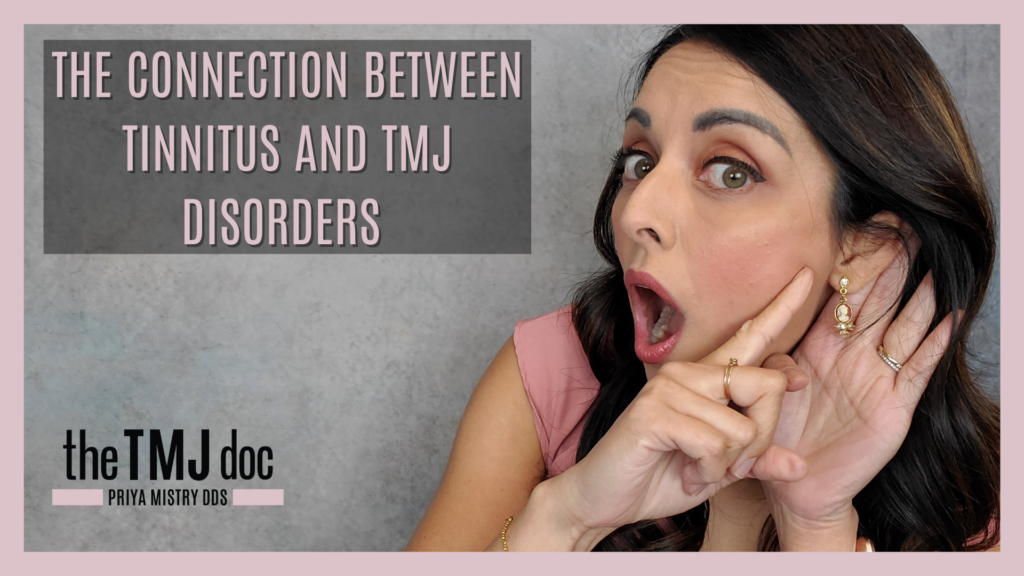In a recent episode of the Protrusive Dental Podcast, Dr. Priya Mistry, a specialist in TMJ disorders, joined Dr. Jaz Gulati to discuss the intricacies of TMJ examinations and treatments. This blog post delves into the highlights of their conversation, aiming to educate readers about TMJ disorders and available treatments from the viewpoint of Dr. Mistry.
Introduction to Dr. Priya Mistry
Dr. Priya Mistry is based in Oregon, USA, and has become a prominent figure in the field of TMJ disorders. Her journey into TMJ specialty began serendipitously after meeting her mentor, Dr. Arthur Parker, who has dedicated over 40 years to TMJ treatments. Dr. Mistry, with a background in general dentistry, was inspired by the transformative impact Dr. Parker had on his patients, many of whom had experienced life-changing relief from chronic pain and dysfunction.
The TMJ Examination Protocol
Dr. Mistry’s approach to TMJ examinations is comprehensive and patient-centered. The process begins with an extensive patient intake form, capturing detailed information about pain, range of motion, sleep apnea, and any history of accidents or injuries. This thorough documentation is crucial for understanding the patient’s condition before the physical examination.
During the examination, Dr. Mistry observes the patient’s posture, gait, and range of motion. She uses a range of motion scale to measure how wide the patient can open their mouth and their lateral movements. This is followed by a muscle palpation exam, where she gently applies pressure to different muscles around the head, neck, and jaw to identify tenderness and pain levels.
Dr. Mistry also performs a thorough intraoral examination, looking for signs such as scalloping on the tongue, torus formations, and wear on the teeth. These signs can indicate bruxism (teeth grinding) and other issues related to TMJ disorders.
Treatment Approaches
Dr. Mistry employs a multi-faceted treatment approach, often starting with non-invasive methods. She uses a TENS (Transcutaneous Electrical Nerve Stimulation) unit to relax the jaw muscles and determine the most relaxed position for the mandible. This relaxed position is then recorded and used to create custom orthotics for daytime and nighttime use.
For patients with severe TMJ issues, such as disc displacement without reduction, Dr. Mistry uses a combination of TENS therapy, manual muscle release techniques, and osteopathic manual jaw manipulation. These methods aim to reduce muscle tension and realign the jaw joint, often leading to significant improvements in range of motion and pain reduction.
Integrating Other Specialties
Dr. Mistry emphasizes the importance of a holistic approach to TMJ treatment. She often collaborates with upper cervical chiropractors, physical therapists, massage therapists, and osteopaths.. This interdisciplinary approach helps address the various factors contributing to TMJ disorders, from cervical misalignments to stress and anxiety.
Addressing Sleep Apnea
An interesting aspect of Dr. Mistry’s practice is the close relationship between TMJ disorders and sleep apnea. She finds that many of her patients with TMJ issues also suffer from sleep apnea, and treating one can often alleviate the other. She encourages sleep tests for her patients and collaborates with sleep specialists to provide comprehensive care.
Conclusion
Dr. Priya Mistry’s insights into TMJ examinations and treatments highlight the complexity of TMJ disorders and the necessity for a thorough, patient-specific approach. By combining detailed examinations with a variety of treatment modalities, Dr. Mistry effectively addresses the multifaceted nature of TMJ disorders, offering hope and relief to many suffering patients.
For those experiencing TMJ-related symptoms, Dr. Mistry’s expertise provides a beacon of hope. Her holistic and patient-centered approach serves as a model for dental professionals looking to expand their understanding and treatment of TMJ disorders.







